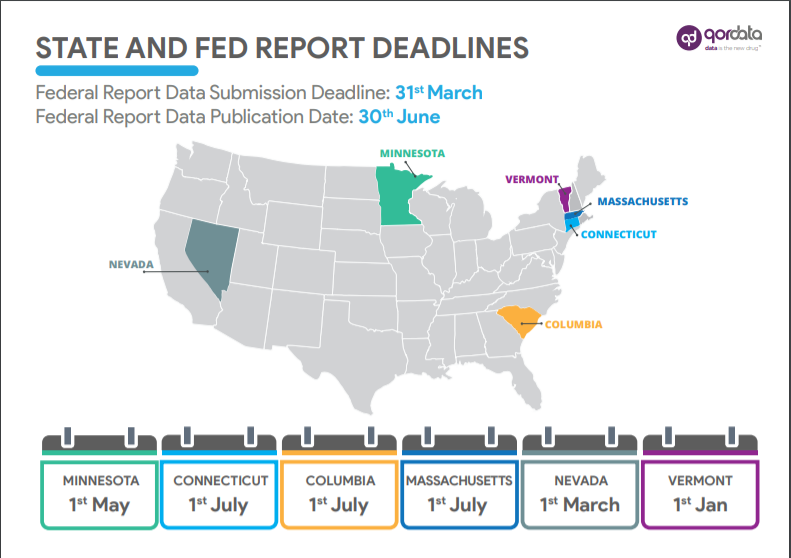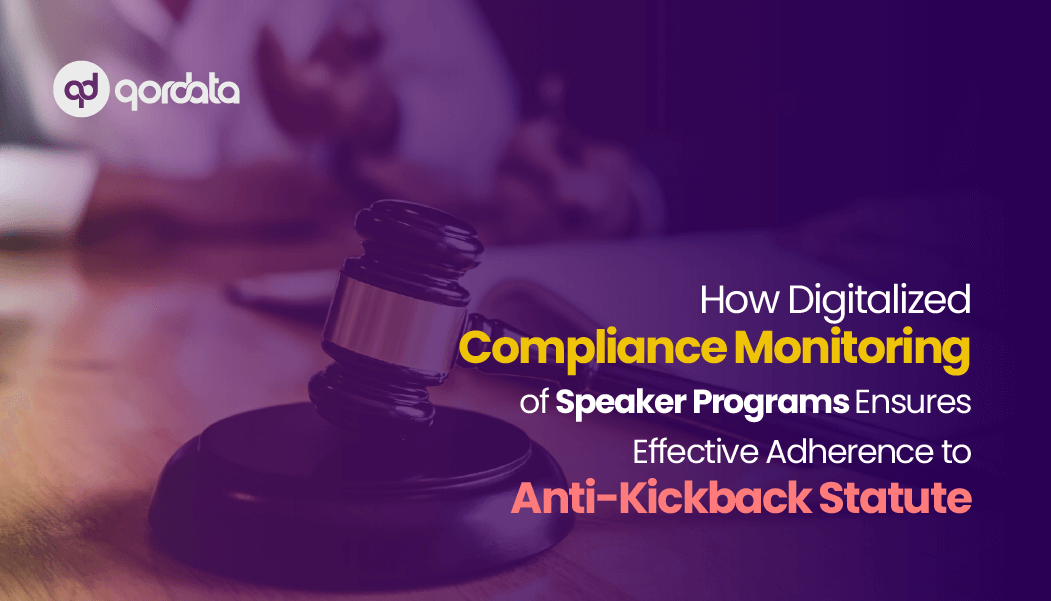Accidental discovery. Life changing consequence. Happens all the time, doesn’t it?
Penicillin wouldn’t have been discovered if Alexander Fleming hadn’t observed unusual growth in his lab equipment. For others in the life sciences industry—particularly in compliance—discoveries don’t always have happy endings. Data discoveries are best made quickly and internally. Yet, that doesn’t seem to happen often enough.
In listing “Best Practices For Compliance Analytics” at the 7th Annual Global Transparency Reporting Congress, Mohammad Ovais, CEO and founder of qordata, mentioned how this very basic step was overlooked by decision-makers across the pharma compliance/transparency space.
For many pharmaceuticals, this happens because their compliance team defers to counterparts in technology. Should they wait for an analytics system to be up in place before embarking on their analysis? Or should they not expect too much from a technology solution the first time round?
The answer is ‘no’ each time.
Compliance and Transparency professionals are completely within their rights to demand—in fact, to assert—the need of a robust system for optimizing their spend data submission. The key is to put review before systems. While systems assist—and in many cases, even transform—the way transparency professionals treat spend data—they must be subordinated to spend review.
And contrary to popular belief, spend review is neither compulsorily complex nor difficult. Data scrutiny can start with simple practices like eyeing:
-
Outliers: As compliance professionals will testify, no outlier is good news. Whether spend is too low or too high relative to industry averages, it calls for closer scrutiny.
-
Trends: Spend is like speed. Trends are like velocity. It’s the same, except that trends give spend a direction.
-
Data Duplicates and Missing Data: Is Smith, J. really being treated to a $1,000 lunch weekly, or are there several physicians named Smith? Transparency professionals who relegate reporting to an end-period exercise are more likely to overlook records such as these, with painful results.
As the drive towards spend publication enforces itself –with incentives and CMPs in equal measure, it’s time to give data scrutiny the importance it deserves. It pays to remember that when identifying dangerous data oversights, the first step is to start looking.



